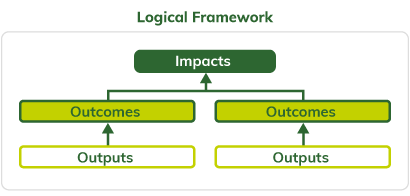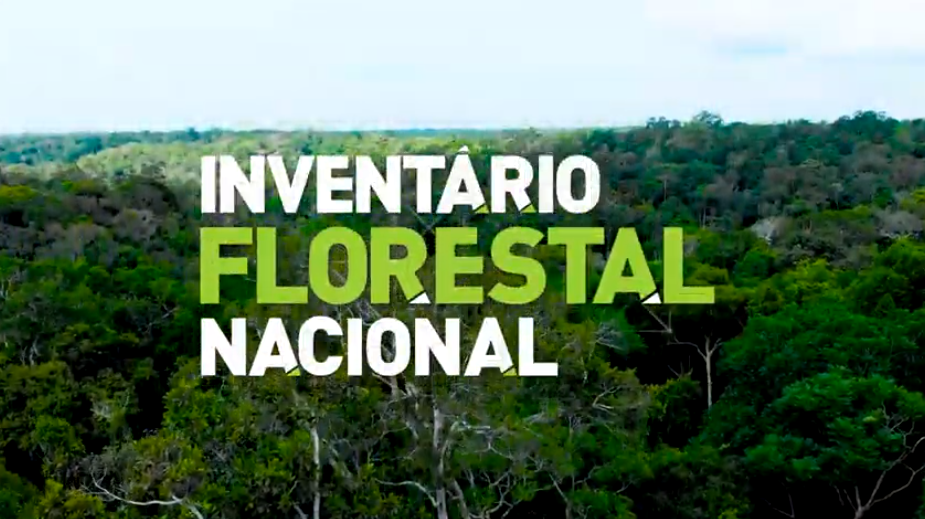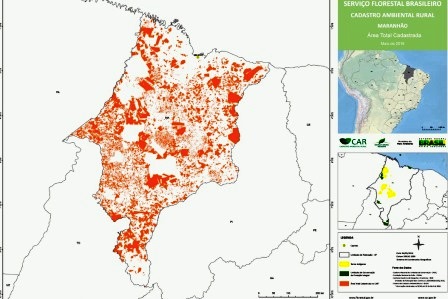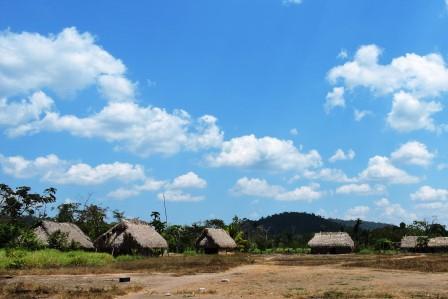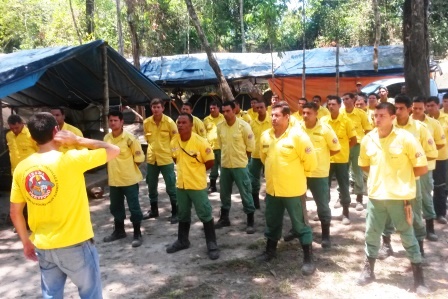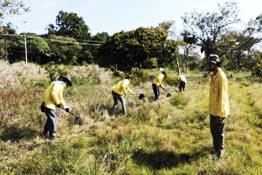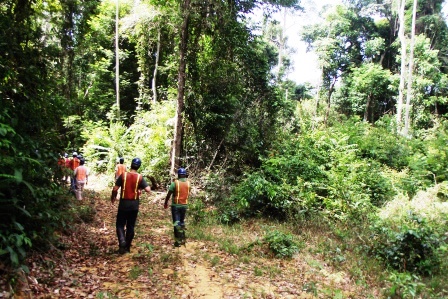ACTIVITIES CONDUCTED
The National Forest Inventory advanced in the execution of biophysical and socio-environmental data collection in the contracted lots, completing 2,976 sample points.
The taxonomic levels required in the contract were achieved (at least 95% of plants identified to the family level, 90% to genus, and 50% to species). All botanical identification data, as well as the quality control records of the samples, are inserted into the IFN Web System.
Regarding institutional collaborations, the following partnerships were established. All partnerships are formalized through Technical Cooperation Agreements (ACT), with some of these agreements involving Decentralized Execution Terms (TED):
- Federal Institute of Goiás (IFG) for the development of applied research aimed at automating and cross-analyzing internal and external data from the Brazilian Forest Service (SFB), providing data to support decision-making and strategic guidance for the SFB through an integrated information panel on the National Forest Information System (SNIF) portal;
- Embrapa Eastern Amazon (CPATU) with the objective of carrying out botanical identification activities and soil sample analysis, as well as building a soil laboratory and herbarium. A total of 8,435 samples were collected;
- Federal University of Amazonas (UFAM) and Federal University of Acre (UFAC) for the construction of forest inventory and measurement laboratories and research in allometry. The laboratory was built and equipped, and is already being used by researchers for forest measurement studies and the development of allometric equations;
- Federal Rural University of the Amazon (UFRA), the State University of Mato Grosso (UNEMAT), the Federal University of Rondônia (UNIR), and Embrapa Forests.
Also noteworthy are the following activities:
- A technical meeting on the collaboration and harmonization process of National Forest Inventories in the Amazon and Mesoamerica, held at the headquarters of the Tropical Agricultural Research and Higher Education Center (CATIE) in Costa Rica;
- Trips to establish partnerships with institutions, strengthen the capacity to execute the work plan, and align efforts with the states;
- Negotiations with the National Council for Scientific and Technological Development (CNPq) to provide scholarships to taxonomists working on the identification of botanical samples from the IFN in the Amazon;
- Meetings of the Public Forest Management Commission (CGFLOP), a consultative body of the Brazilian Forest Service.
To strengthen management capacities in the implementation and establish a research program for the IFN-Amazon Biome, the following were conducted: a mission to monitor and evaluate botanical collection work, a revision of the IFN field manual, the development of the IFN Data Collection Quality Control and Evaluation Manual, the creation of a non-functional prototype application for IFN data collection, and the creation of the IFN Report Server, which provides reports to support quality control activities, data analysis, and management reports useful to project coordination.
Improvements were made to the IFN information system (IFN Web) to make it more functional and aligned with the process flow and field forms, and to provide support for correcting recurring issues, ensuring greater system stability and speed of access. The system was linked to the Brazilian Flora Species List, made available by the Rio de Janeiro Botanical Garden Research Institute (JBRJ), to provide taxonomists working in herbariums with up-to-date species data. Eight training sessions were held for its use, with 36 people trained (13 data entry staff from the companies responsible for the survey, 16 taxonomists, and 7 SFB staff and consultants).
Equipment and services were acquired to meet the IT needs of the General Coordination of Inventory and Forest Information.
Training and capacity-building events were held for the various teams involved in the project, as well as quality control missions of the IFN in Amazonian states.
In communication, the IFN Amazon Fund webpage was restructured, its communication plan was detailed, and materials were produced to promote the project during fieldwork. Additionally, an Adobe Creative Cloud license was purchased to meet the communication needs of the General Coordination of Inventory and Forest Information within the National Forest Inventory framework.
